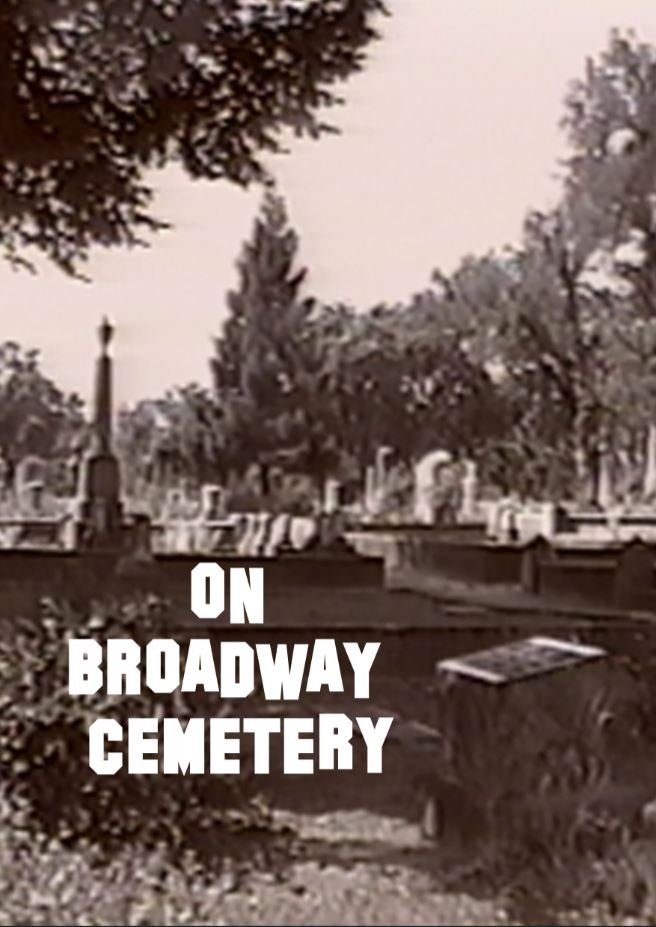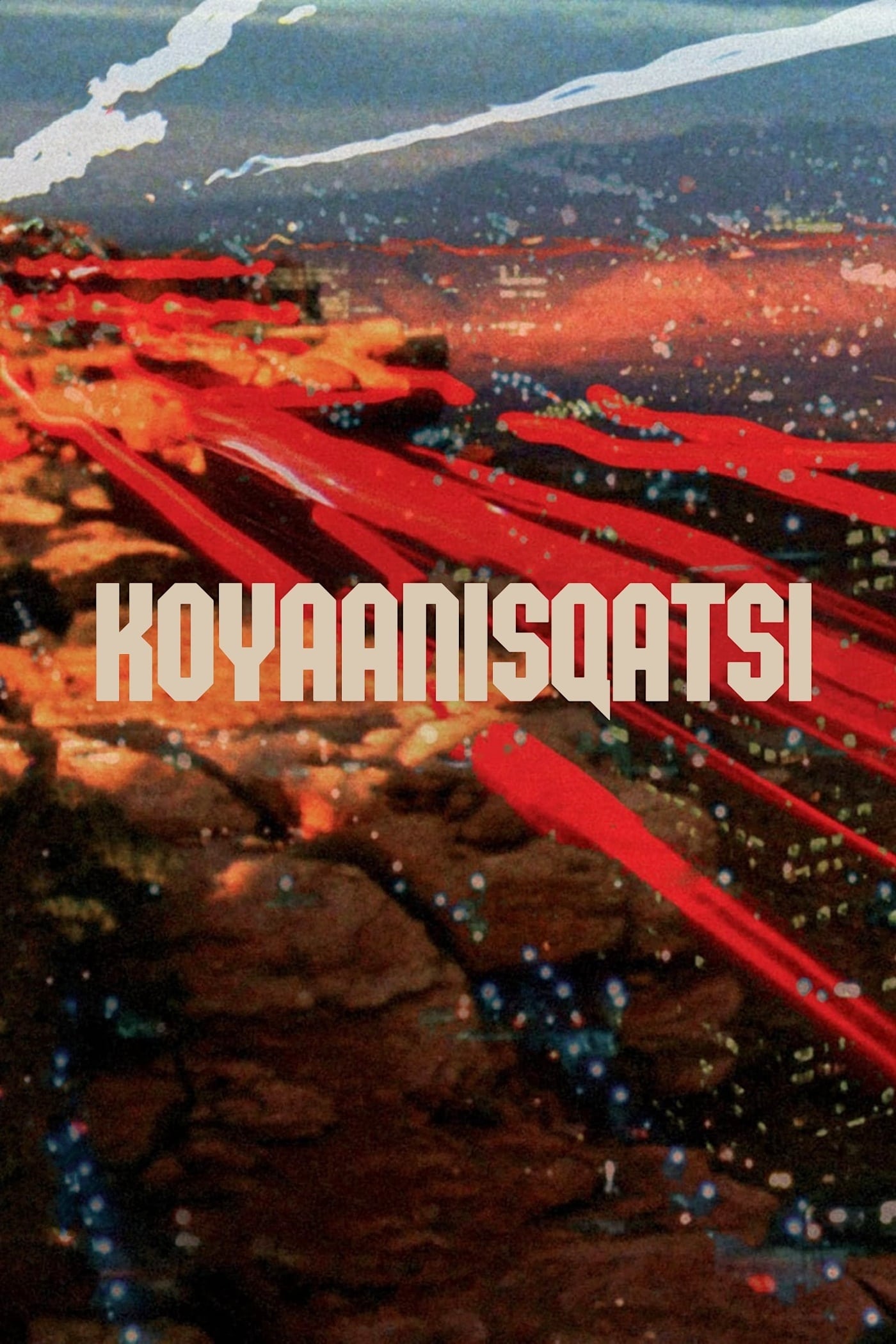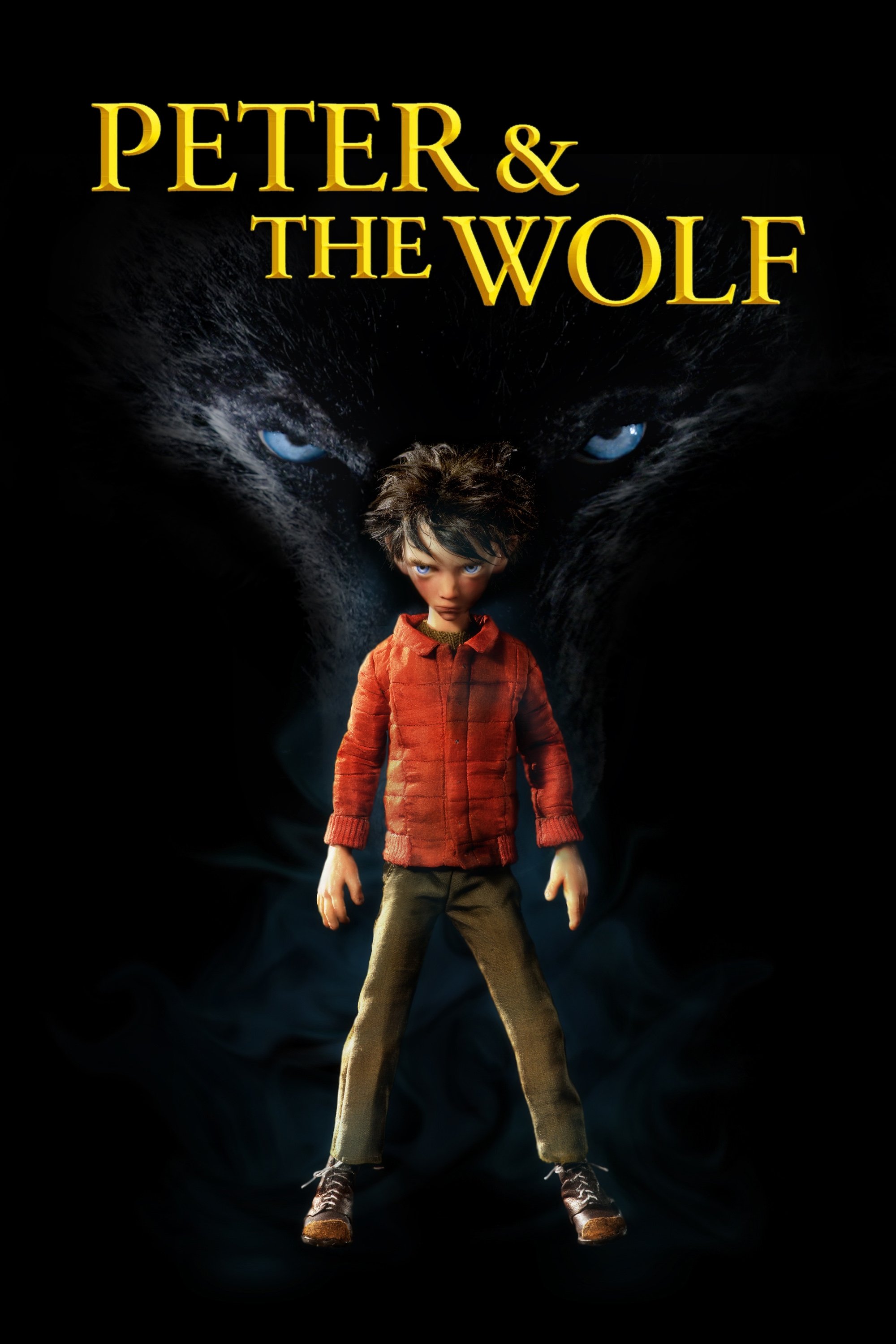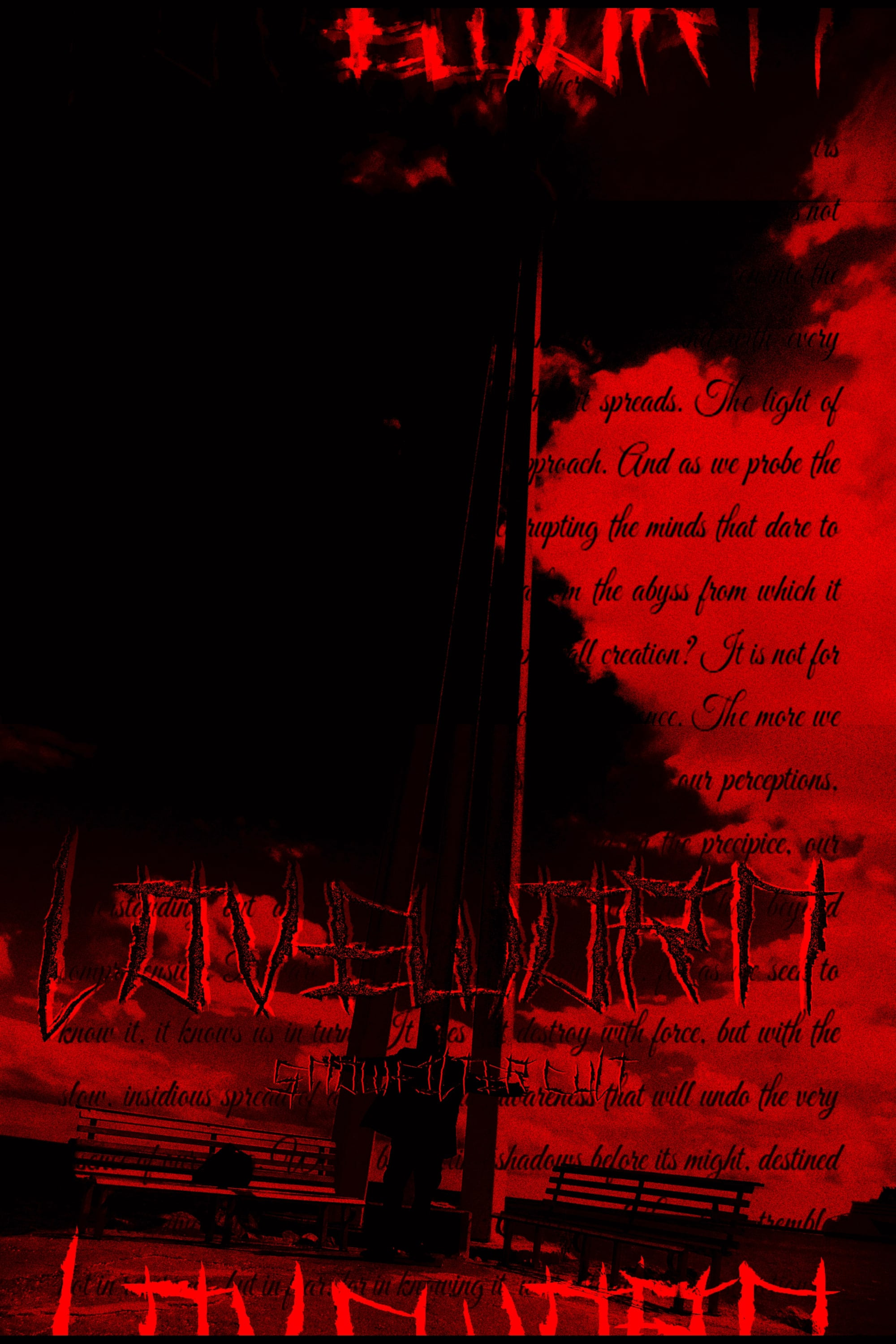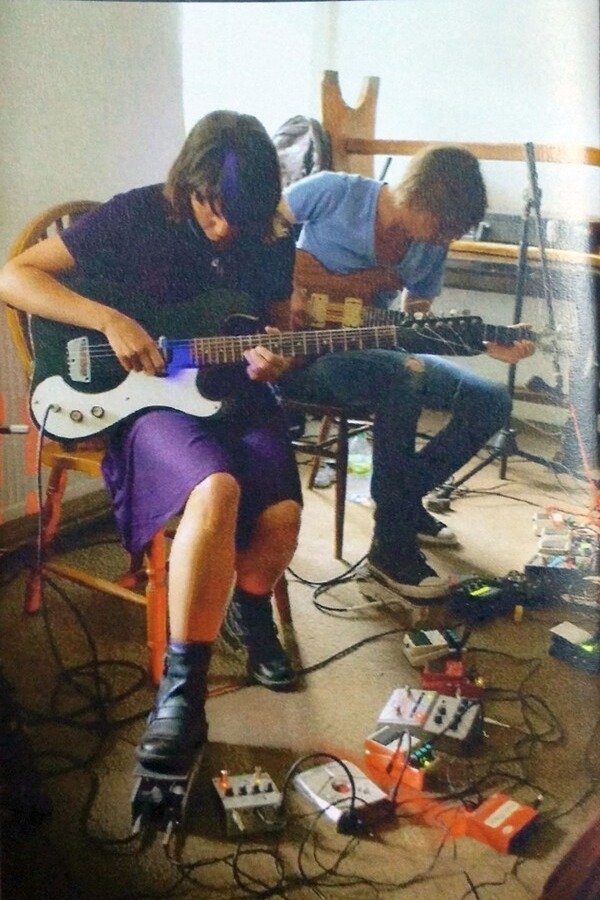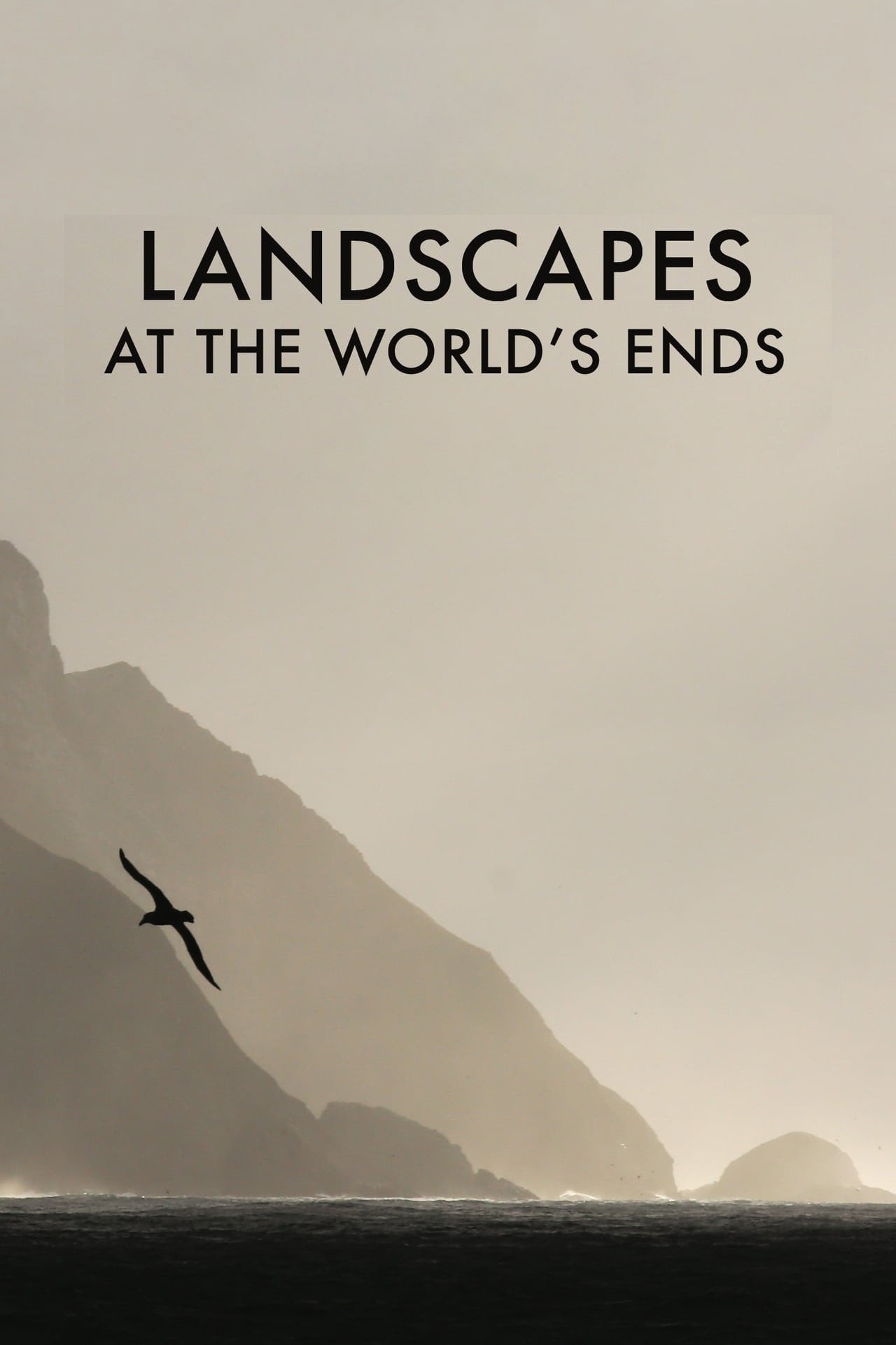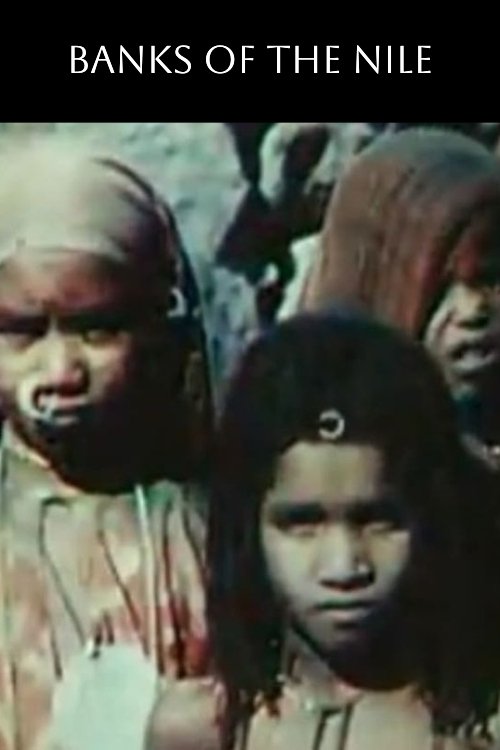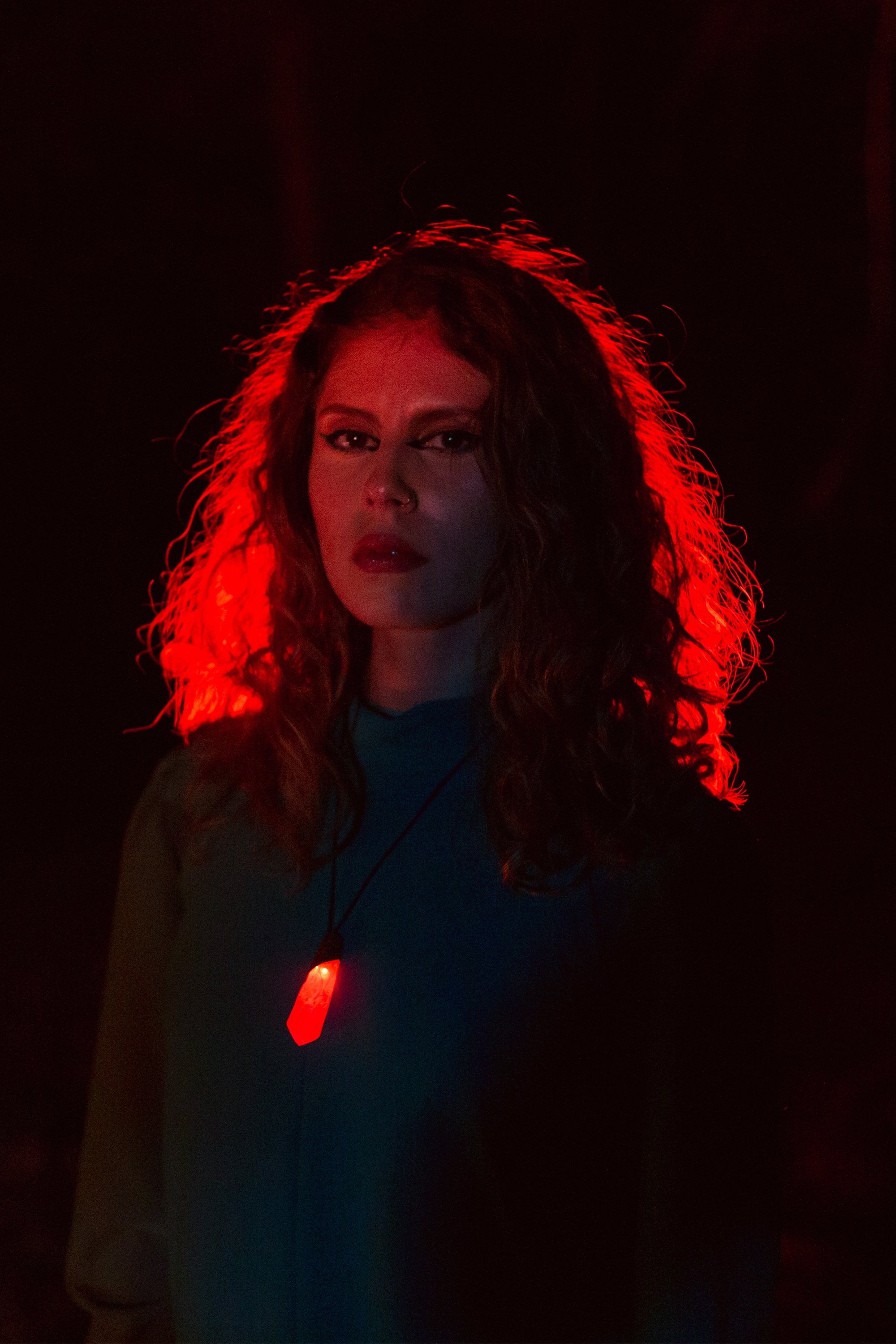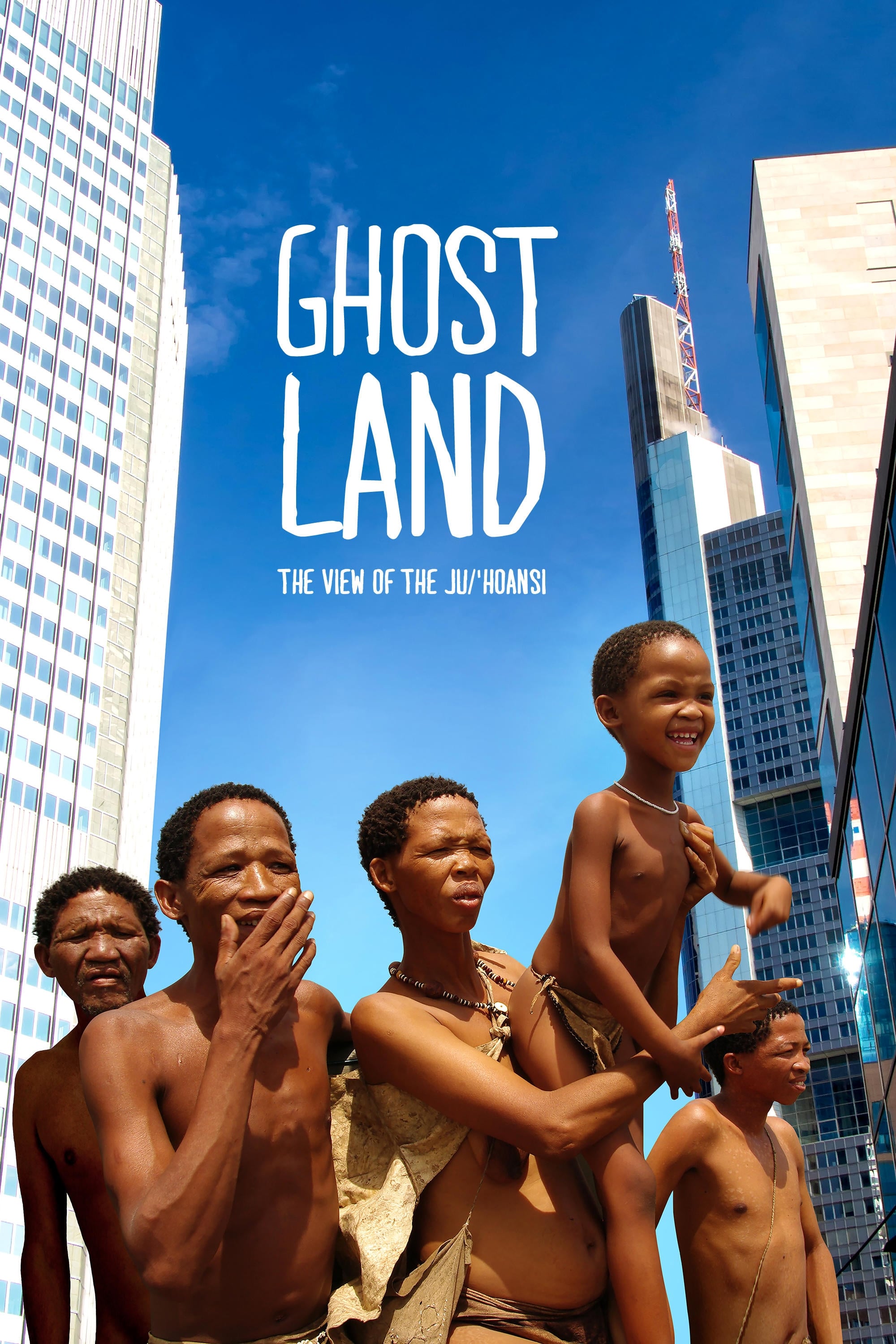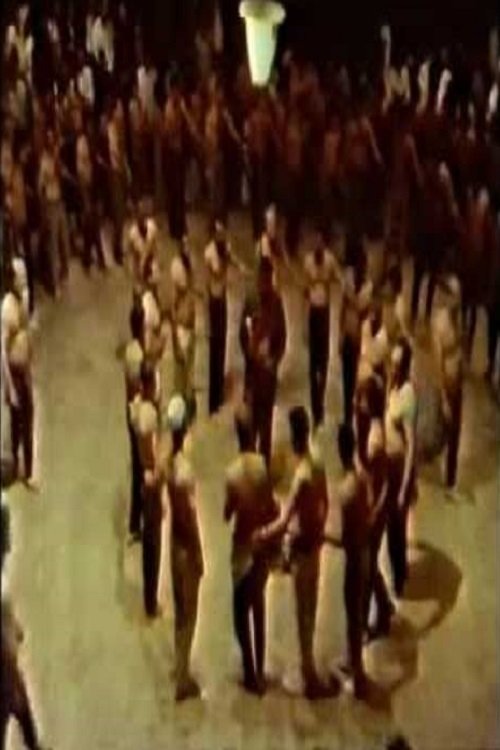On Broadway Cemetery
"GENTRIFY 101: Make it hip! (FUCK THAT)"
2018
0h 12m
0.0(0 votes)
Documentary
Music
Overview
A meditative stroll through Sacramento landmarks, from the gentrified to the urban.
Links & Resources
Social & External
Production Companies

Similar Movies
Recommended Movies

No Recommendations Yet
We're working on finding the perfect movies for you. Check back soon!
More movies coming soon
